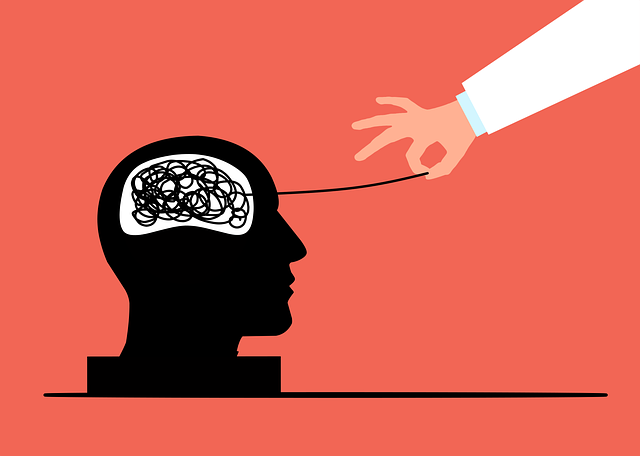Therapy for blended families equips members with emotion regulation skills via mindfulness, positive thinking, and play therapy, addressing complex dynamics like step-parent adjustments and child transition issues. By establishing trust, promoting self-care routines, and providing crisis intervention, therapists foster improved communication, mitigate mental health risks, and strengthen family bonds in these unique family structures.
Emotion regulation techniques are essential tools for navigating the complexities of blended families. This article delves into the significance of understanding and teaching emotional control, addressing common challenges faced by children in these households. We explore effective strategies for therapists to incorporate emotion regulation techniques in their practice, focusing on tailored approaches that foster healthy coping mechanisms within the unique dynamics of blended families. By leveraging evidence-based methods, therapy for blended families can significantly enhance emotional well-being.
- Understanding Emotion Regulation and its Significance in Blended Families
- Common Challenges in Teaching Emotion Regulation to Children from Blended Families
- Effective Strategies for Incorporating Emotion Regulation Techniques in Therapy for Blended Families
Understanding Emotion Regulation and its Significance in Blended Families

Emotion regulation is a vital skill for individuals and families alike, especially within the context of blended families. In these households, where two or more partners bring their own unique upbringings, experiences, and emotional patterns into the relationship, understanding and managing emotions effectively becomes an essential tool for fostering healthy dynamics. Therapy for blended families often focuses on teaching members various emotion regulation techniques to navigate the complexities of their situations.
By learning stress reduction methods, such as mindfulness meditation or positive thinking exercises, family members can enhance their ability to cope with the challenges that arise from blending families. These strategies enable individuals to recognize and manage intense emotions, prevent escalations, and promote calmness during conflicts. Incorporating these practices into daily routines can help blended family members create a more harmonious environment, improve communication, and strengthen overall emotional well-being.
Common Challenges in Teaching Emotion Regulation to Children from Blended Families

Teaching emotion regulation skills to children from blended families presents unique challenges. These families often face complex dynamic shifts due to stepparents entering or exiting the picture, which can significantly impact a child’s emotional stability and sense of security. As such, therapists working with this demographic must consider the specific trauma and transition experiences each child has endured.
One common hurdle is establishing trust. Children in blended families may have experienced inconsistent parenting styles or even periods of neglect, making them hesitant to open up about their feelings. Consequently, therapists should prioritize creating a safe and supportive environment, incorporating techniques like mindfulness exercises and play therapy, which can help children express themselves more freely. Additionally, promoting self-care routine development for better mental health is essential; this can include teaching healthy coping mechanisms tailored to each child’s unique needs, ultimately enhancing their emotional well-being promotion techniques.
Effective Strategies for Incorporating Emotion Regulation Techniques in Therapy for Blended Families

Teaching emotion regulation techniques in therapy for blended families is a powerful tool to support individuals navigating complex family dynamics. These families often face unique challenges, including step-parents adjusting to new roles and children coping with changes in their living arrangements. Incorporating evidence-based strategies into therapy can help mitigate potential risks of mental health issues within these households.
A comprehensive approach should include risk assessment for mental health professionals, ensuring they are equipped with crisis intervention guidance. By recognizing triggers and early warning signs, therapists can provide timely support. Additionally, boosting the confidence of step-parents and children through positive reinforcement and effective communication techniques fosters a supportive environment. This, in turn, enhances emotional well-being and strengthens family bonds.
Emotion regulation techniques are powerful tools that can significantly enhance the well-being of children and parents within blended families. By understanding the unique challenges these families face, therapists can tailor their approach using effective strategies from therapy sessions. Incorporating these techniques not only supports individual emotional growth but also fosters healthier dynamics in blended family environments, creating a more harmonious home for all members. Through dedicated teaching and practice, it is possible to navigate the complexities of blended family life with increased resilience and emotional intelligence.








